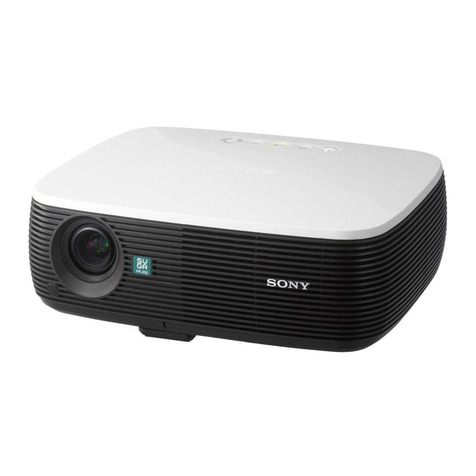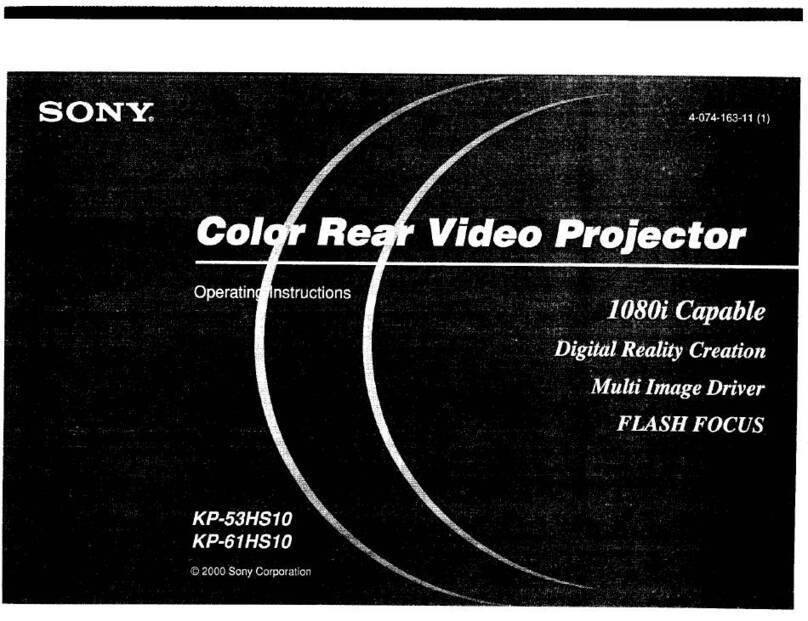Sony KP-5020 User manual
Other Sony Projector manuals
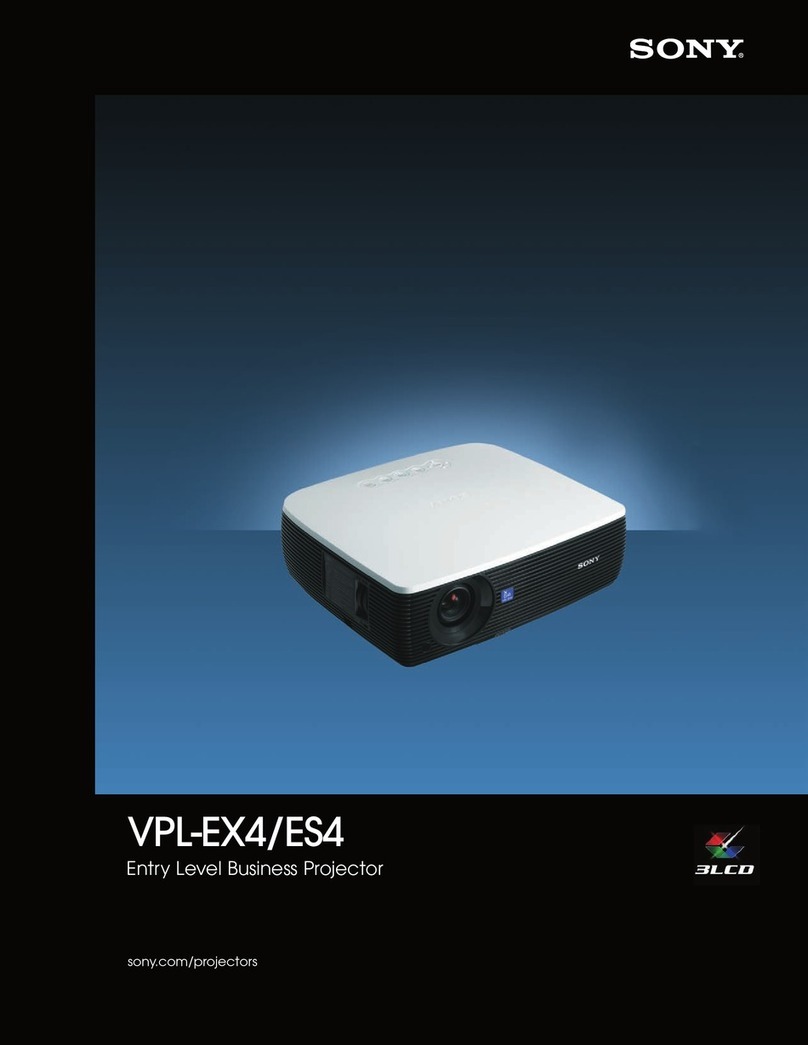
Sony
Sony VPL-EX4 User manual
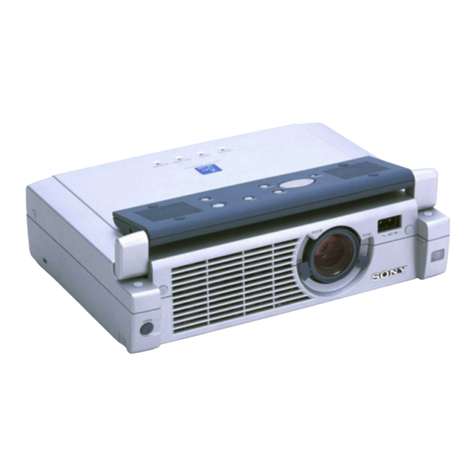
Sony
Sony VPL-CS4 - Compact Lcd Projector User manual
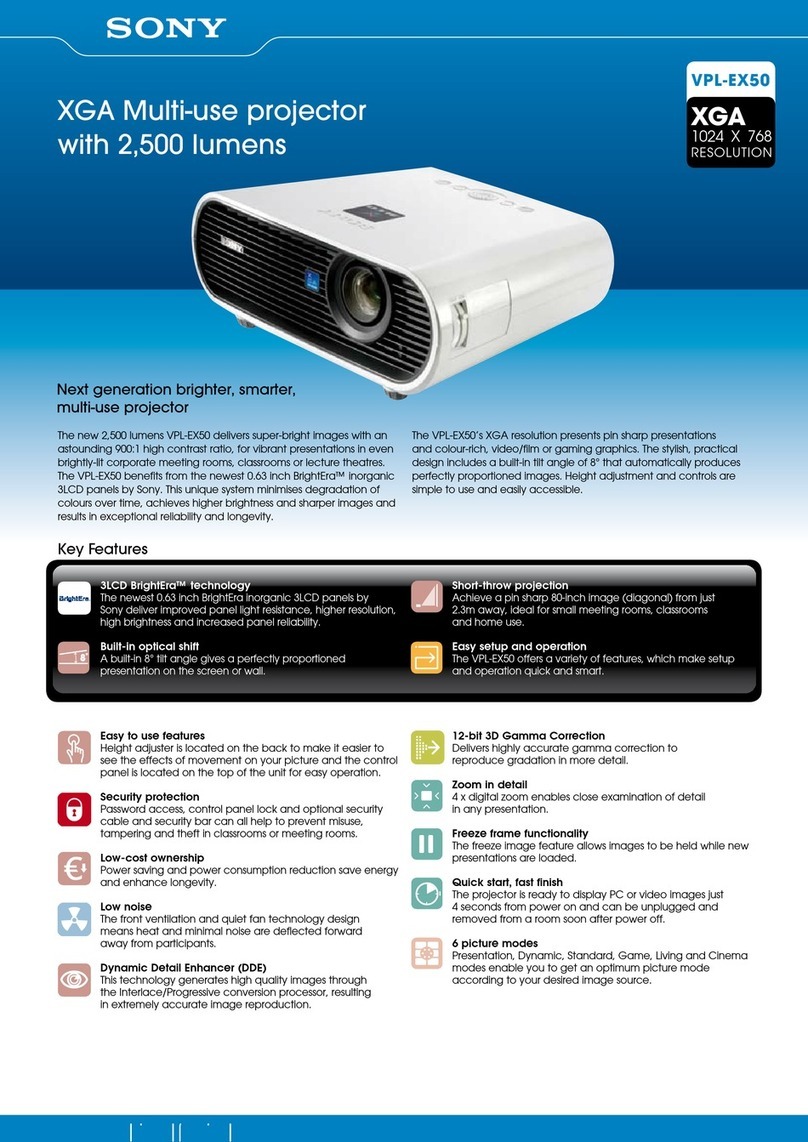
Sony
Sony VPL-EX50 User manual
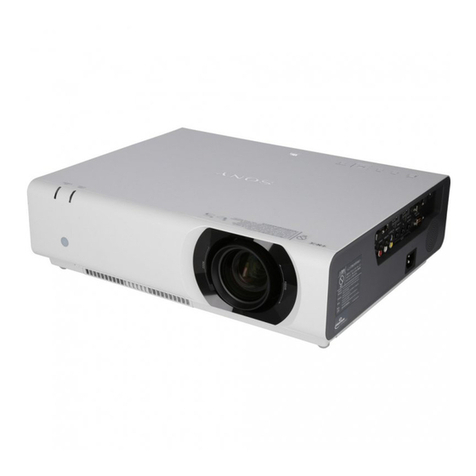
Sony
Sony VLP-CH350 User manual

Sony
Sony 53S75 User manual
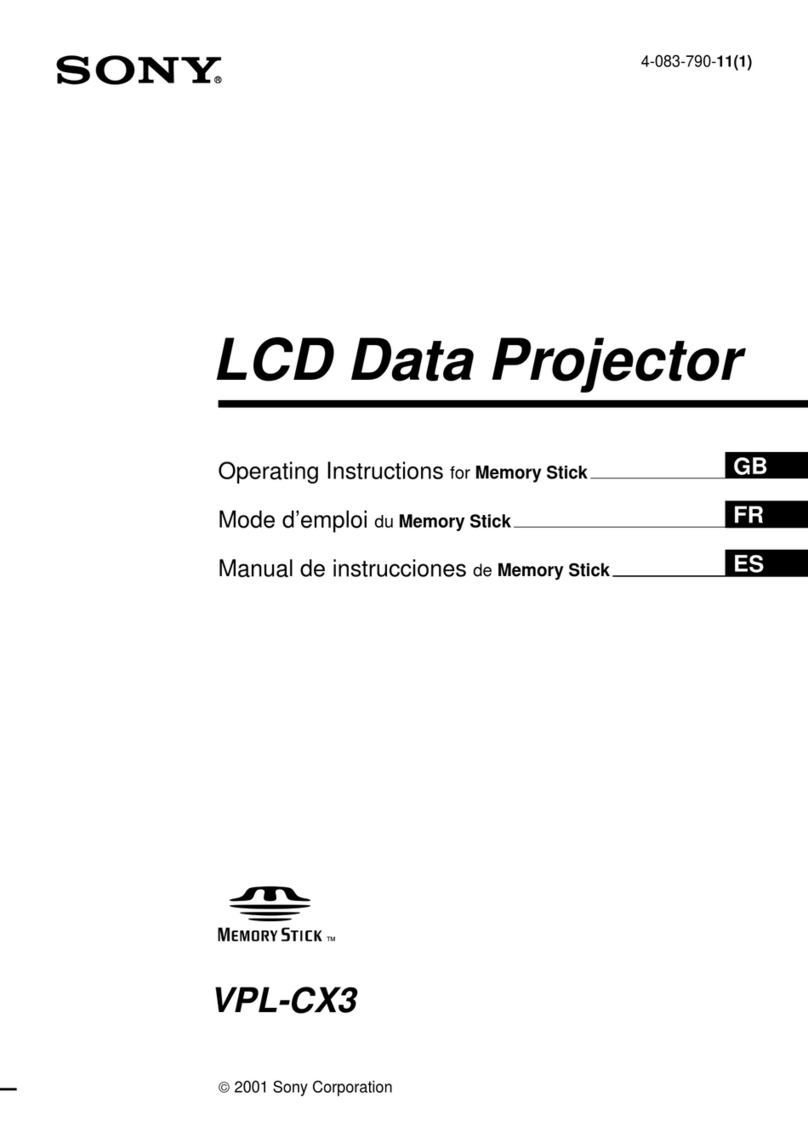
Sony
Sony VPL-CX3 - XGA LCD Projector User manual
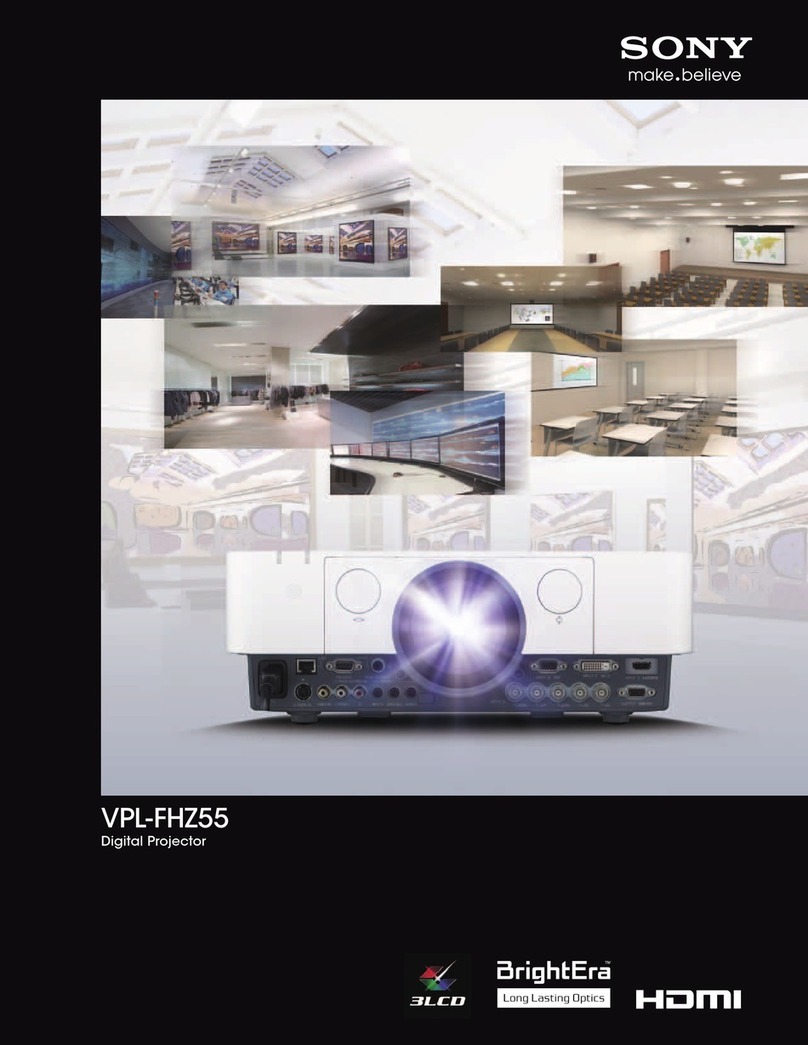
Sony
Sony VPL-FHZ55 User manual
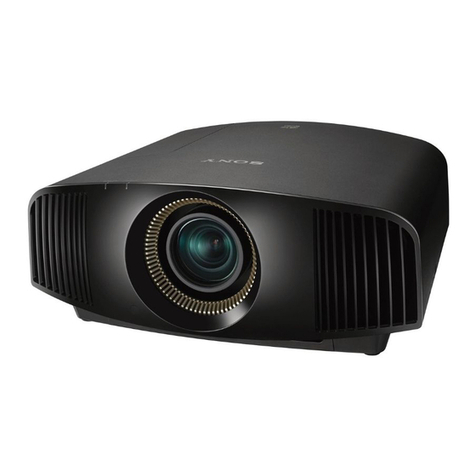
Sony
Sony VPL-VW590ES Service manual
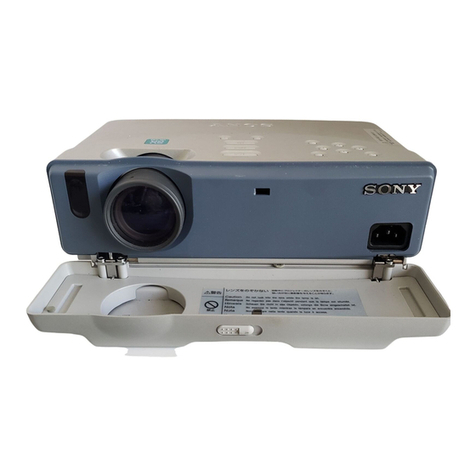
Sony
Sony VPL-CS2 User manual

Sony
Sony HDMI VPL-FH300L User manual
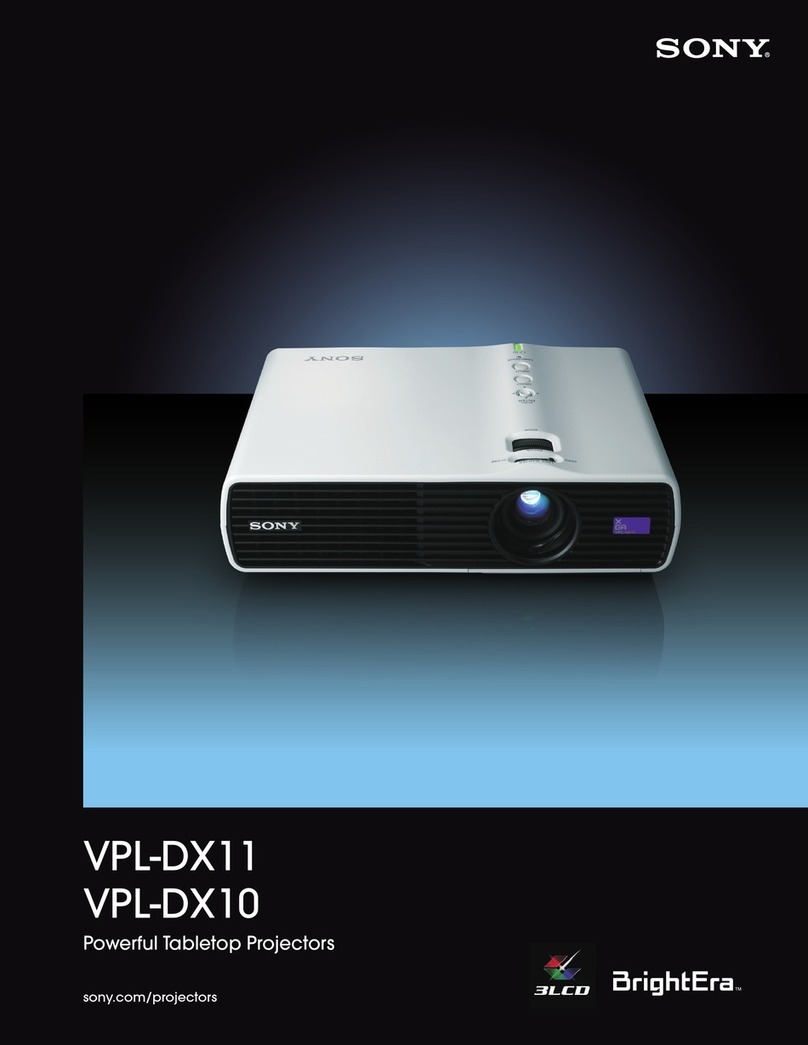
Sony
Sony VPL-DX10 User manual

Sony
Sony VLP-EW295 User manual
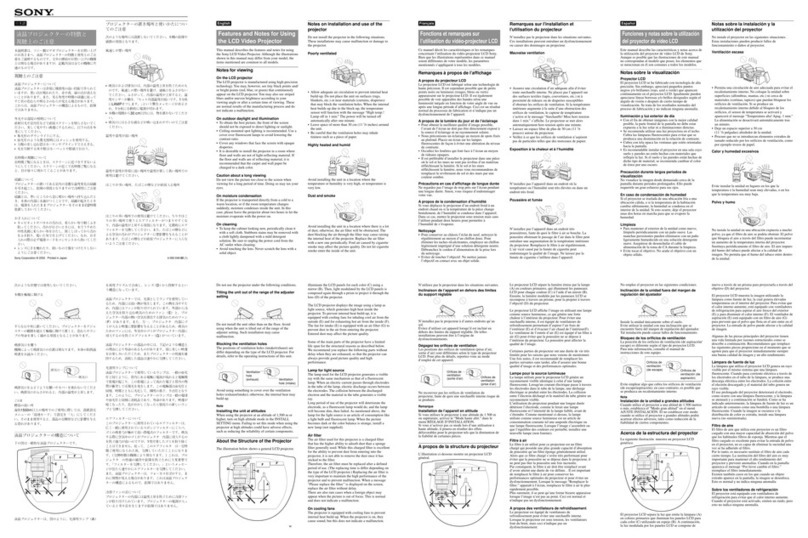
Sony
Sony VPL-HS10 Marketing Specifications & Features User manual

Sony
Sony VPLSW525 Guide
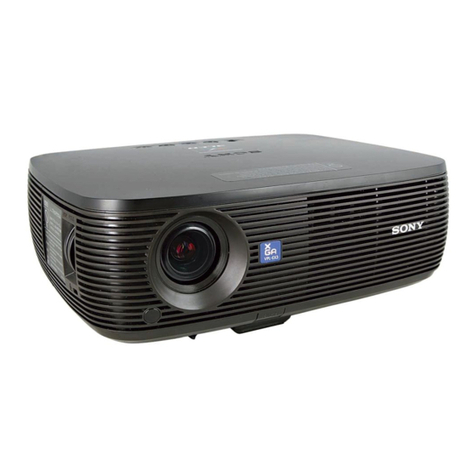
Sony
Sony PL-ES3 User manual
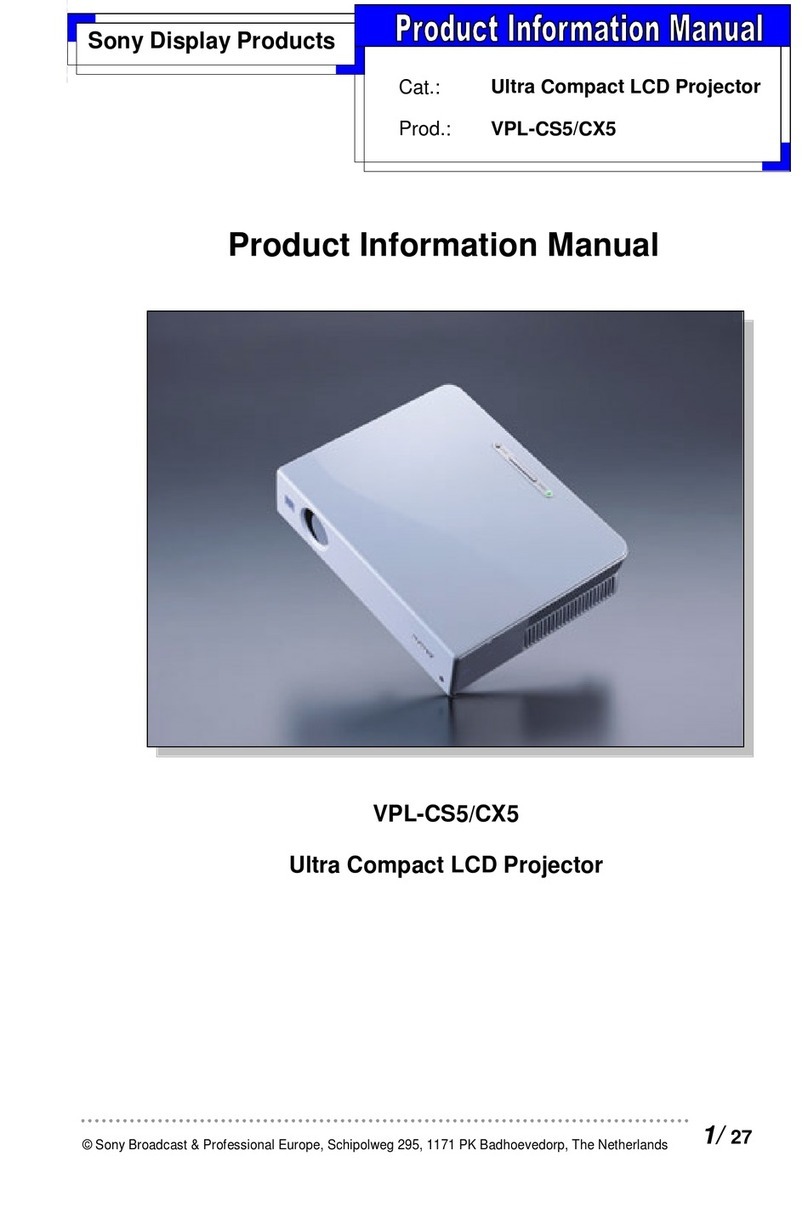
Sony
Sony VPL-CS5 Dimensional drawing
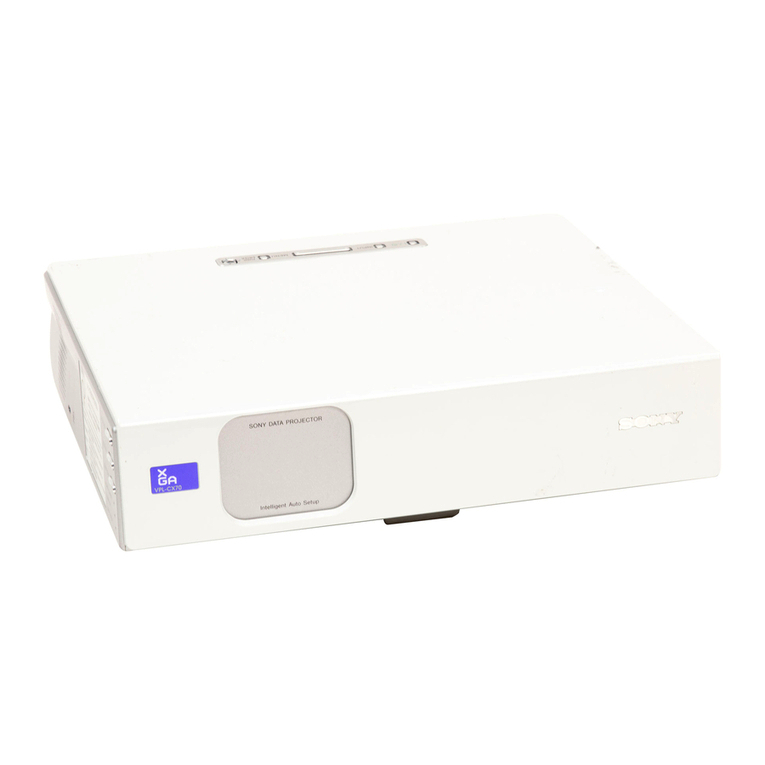
Sony
Sony VPL-CX70 User manual
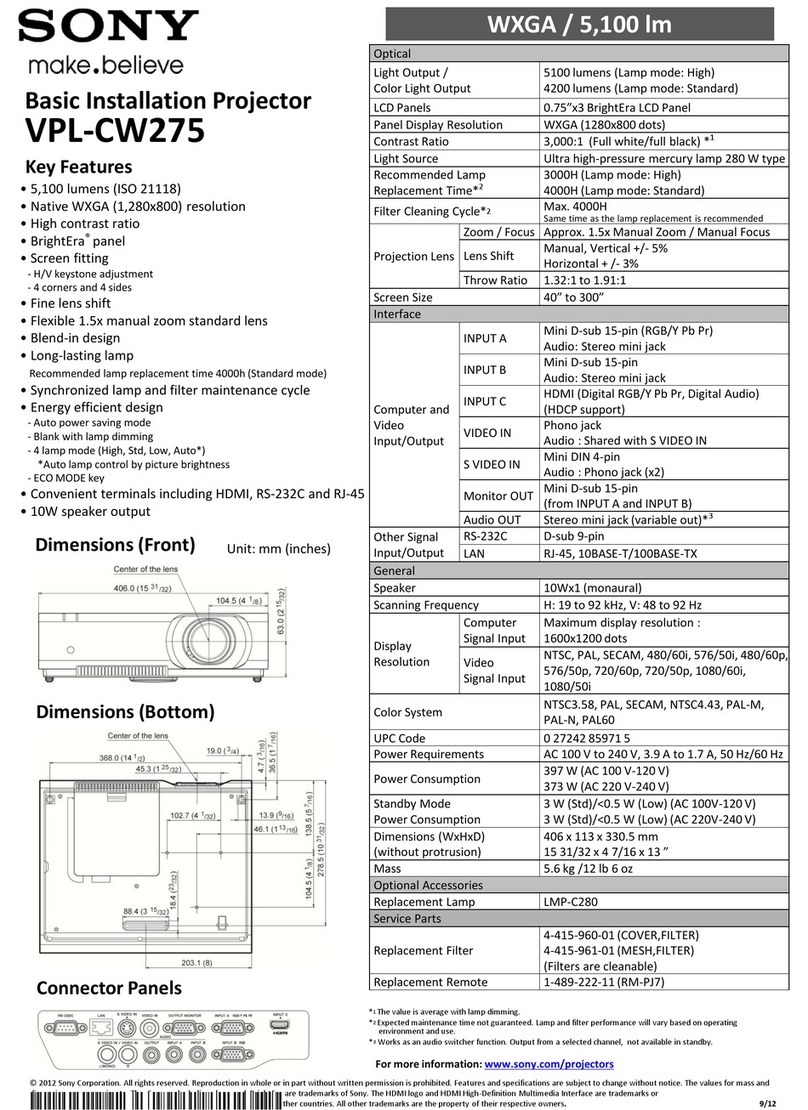
Sony
Sony VPL-CW275 Guide
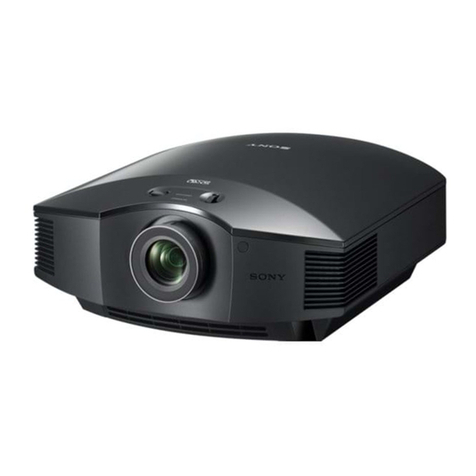
Sony
Sony VPL-HW65 User manual

Sony
Sony VPL-VW385ES User manual


